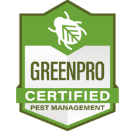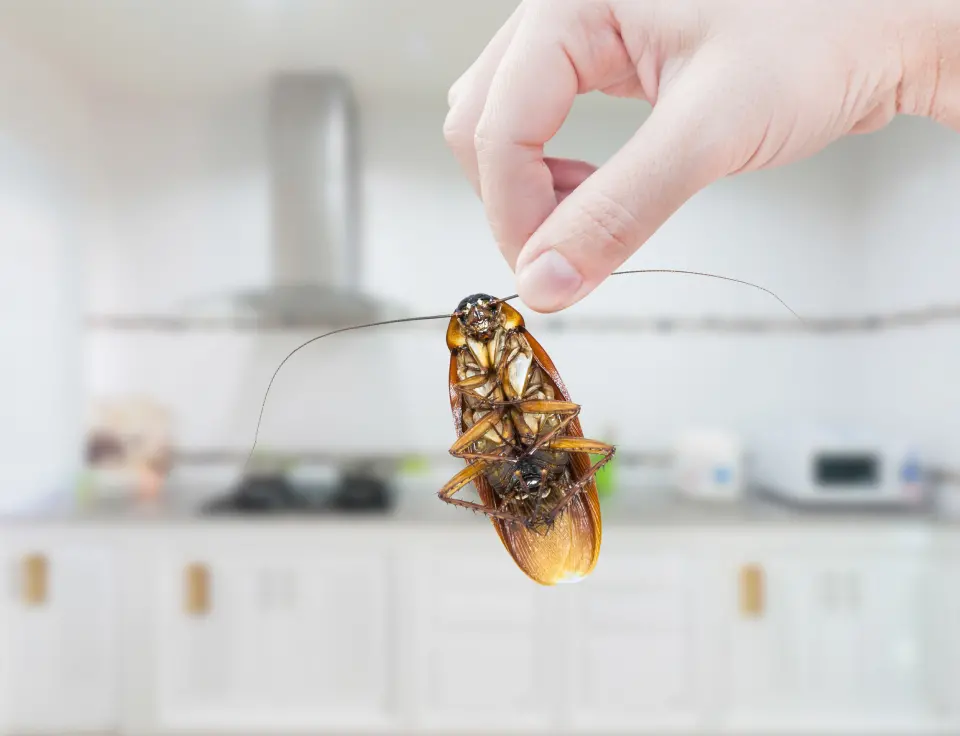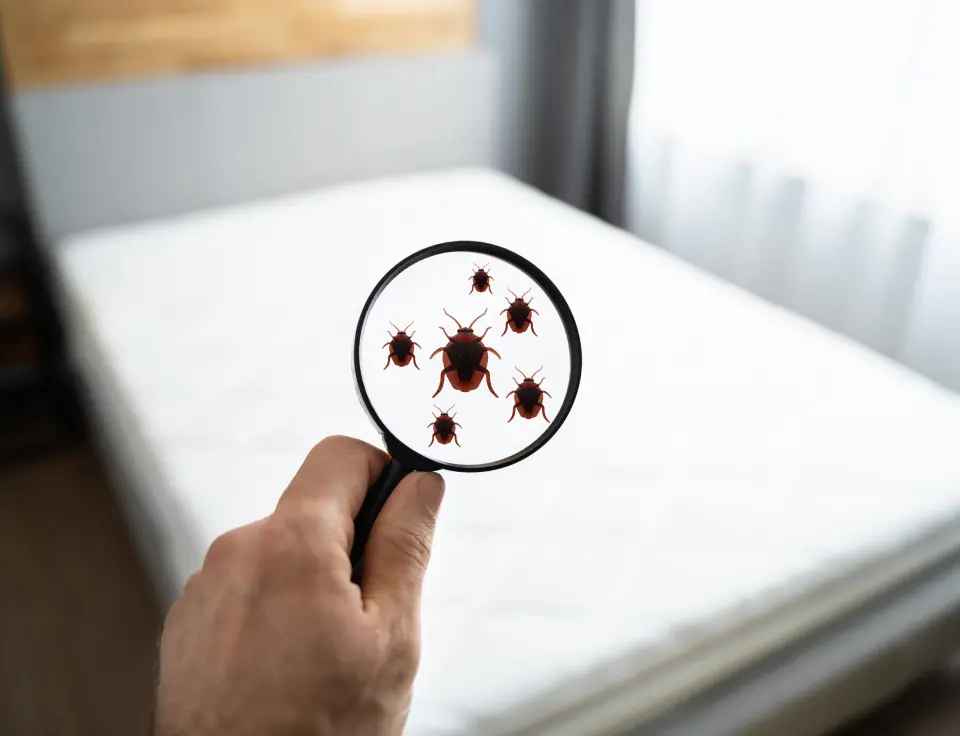Pest Management Services
We offer removal of bed bugs, bird infestations, mice, rats, cockroaches, flies, spiders, fleas, moths, and more! We also offer trash chute cleaning and fly-drain treatment. Don’t let pesky pests wreak havoc on your business! Whatever problem you may have, Assured has the tools to handle it.
Learn More






